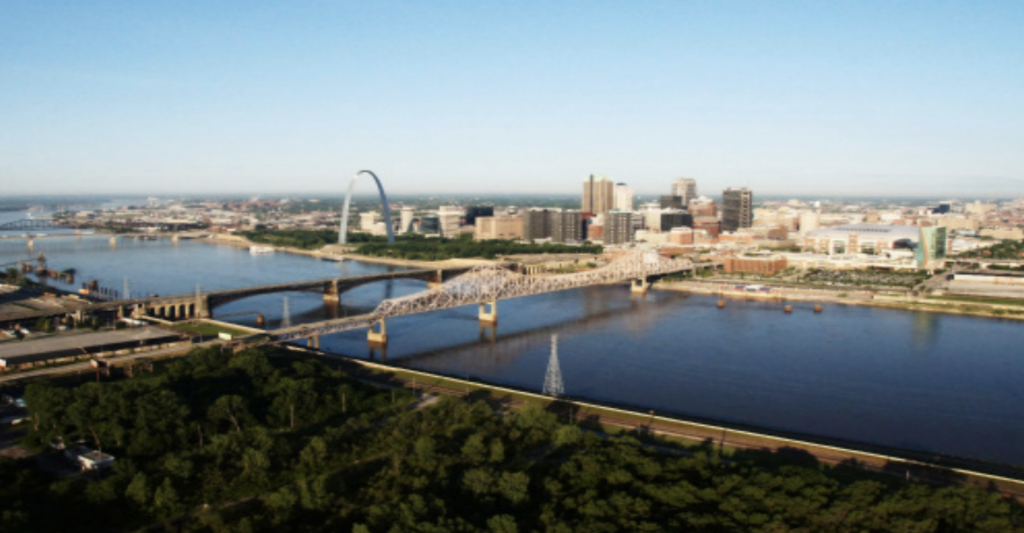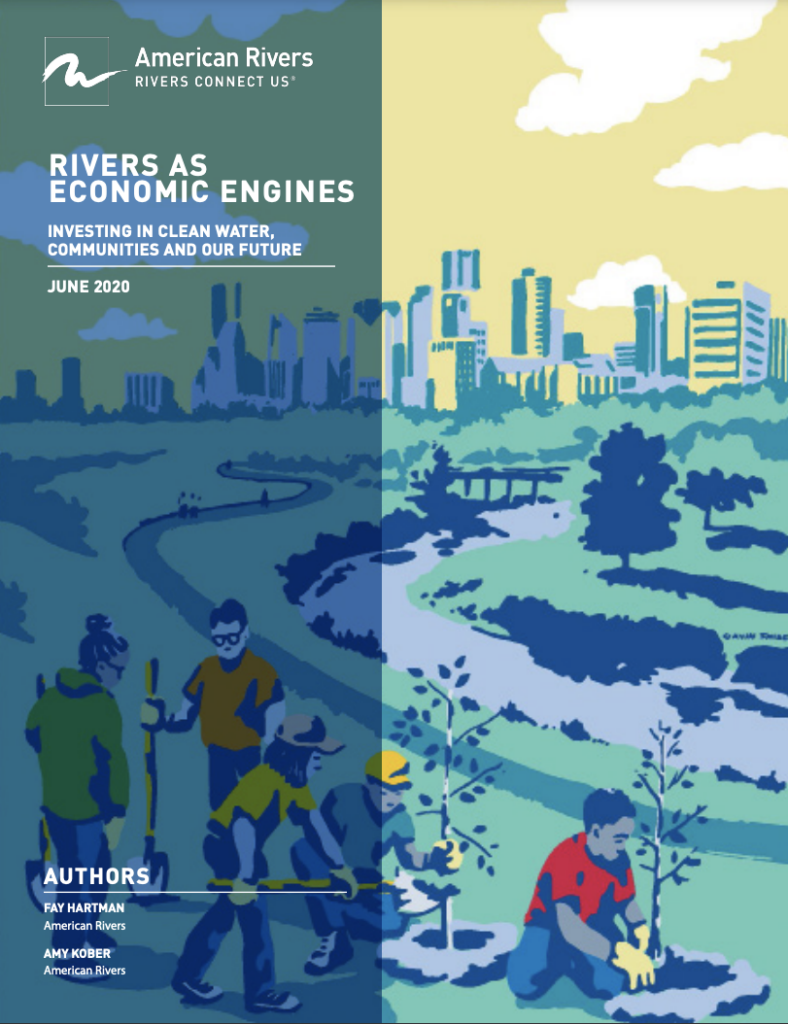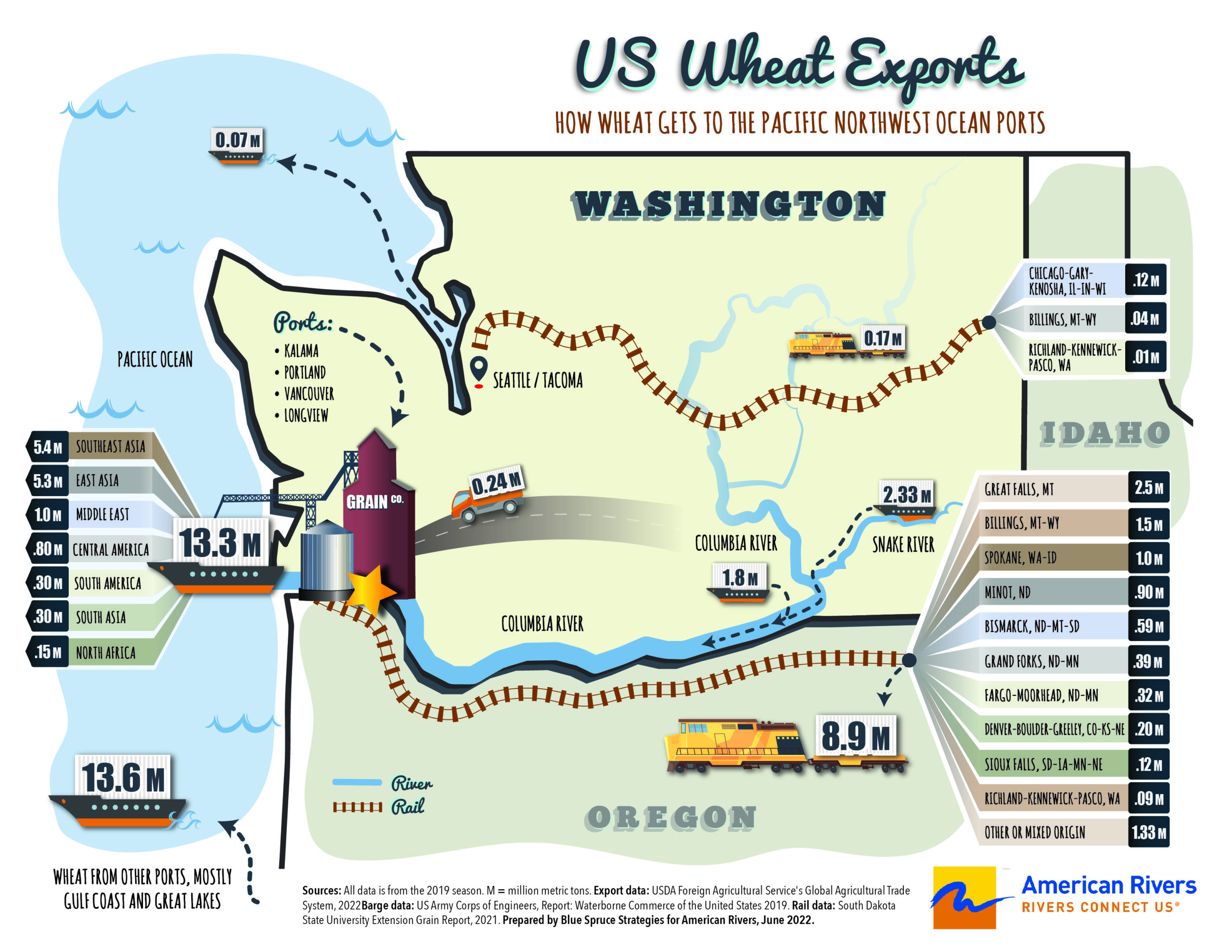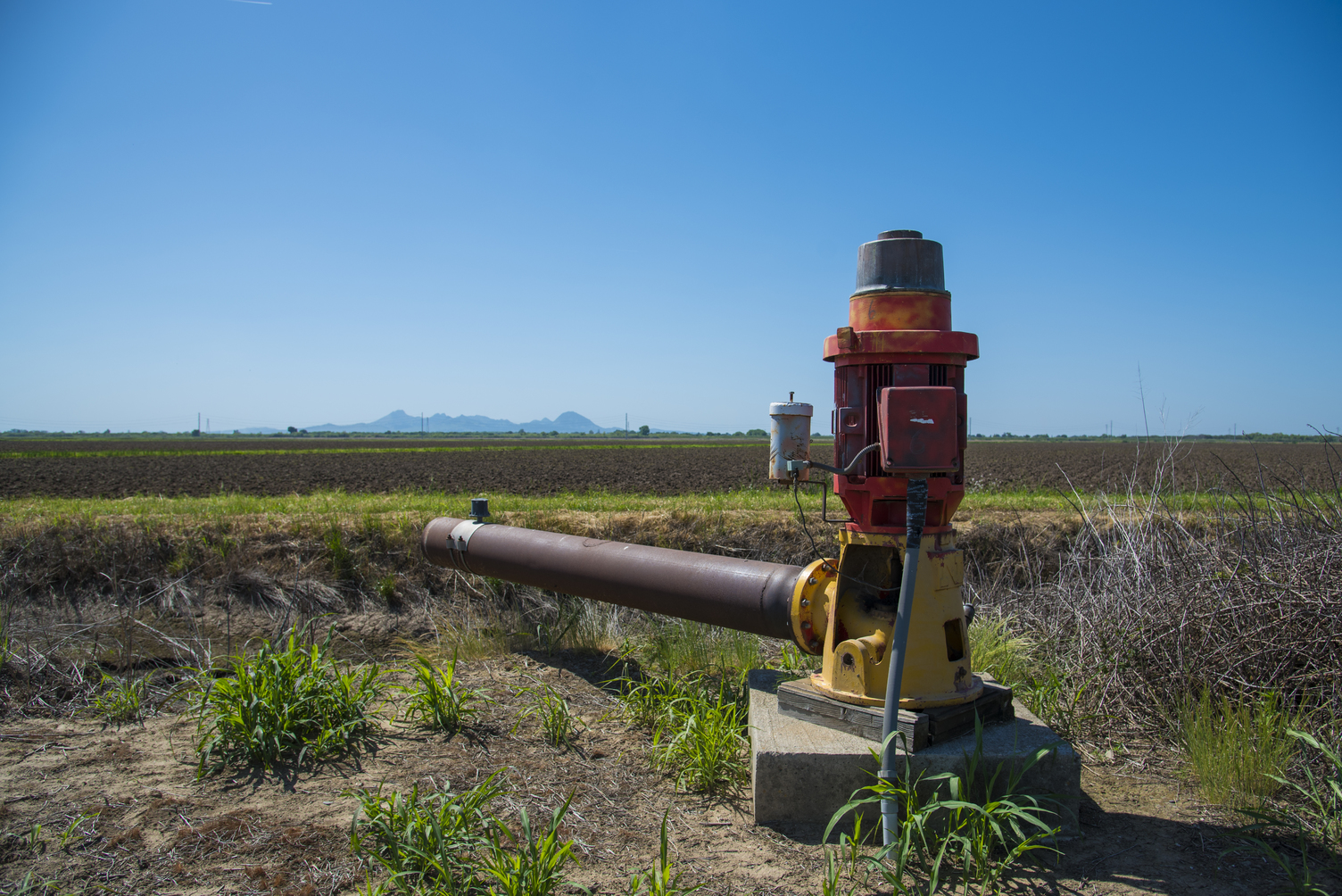Rivers As Economic Engines: Investing in Clean Water, Communities and Our Future


We are at a pivotal moment in time. In the wake of COVID-19, Congress has made — and is considering additional — investments to jump-start the economy and bring the millions of unemployed Americans back to work. At the same time, Congress has a historic opportunity to make significant investments in our crumbling infrastructure, which has been underinvested in for decades. Investment in water infrastructure and healthy rivers will not only create jobs, it will also strengthen our communities, improve public health and safety, address longstanding injustices and improve our environment.
Clean water and healthy rivers are smart investments that can contribute significantly to economic growth and job creation. The Value of Water Campaign3 estimated that every $1 million spent on water infrastructure in the United States generates more than 15 jobs throughout the economy. Similarly, the University of Oregon4
found that every $1 million invested in watershed restoration creates 16 new or sustained jobs on average. Healthy rivers also spur tourism and recreation, which many communities rely on for their livelihoods. The Outdoor Industry Association’s National Recreation Economy Report5 found that Americans participating in watersports and fishing spend over $174 billion on gear and trip related expenses. And, the outdoor watersports and fishing economy supports over 1.5 million jobs nationwide.
To put our economy back on track, while addressing some of our nation’s most pressing challenges, Congress must increase funding for healthy rivers and clean water. Any infrastructure, economic stimulus or jobs bill crafted to address the COVID-19 economic crisis must include major investments in water infrastructure, flood management and watershed restoration. American Rivers recommends Congress invest $500 billion for rivers and clean water over the next 10 years. We recommend an initial investment of at least $50 billion to address the urgent water infrastructure needs associated with COVID-19 and shovel-ready projects to improve flood management and restore rivers across the country.



